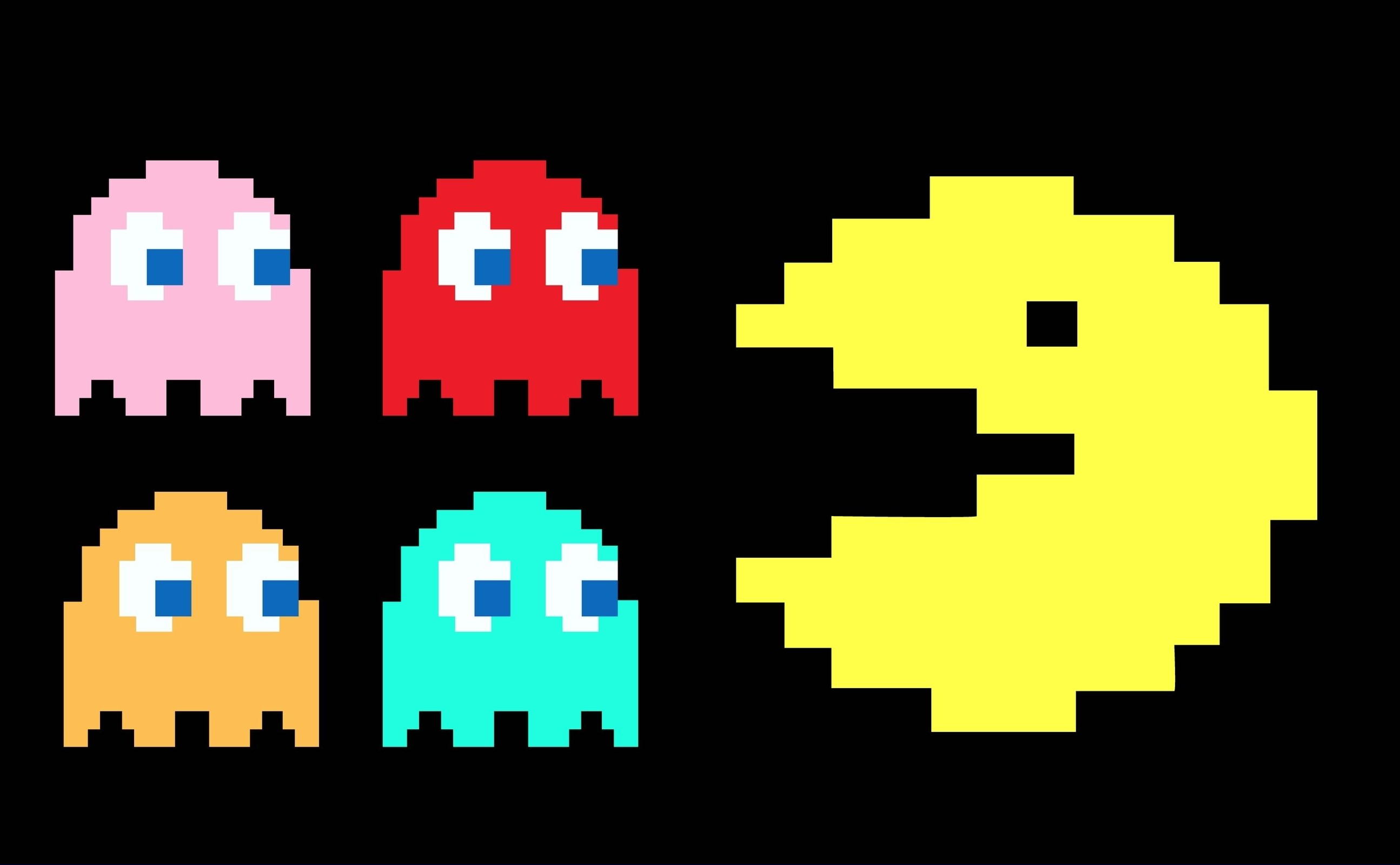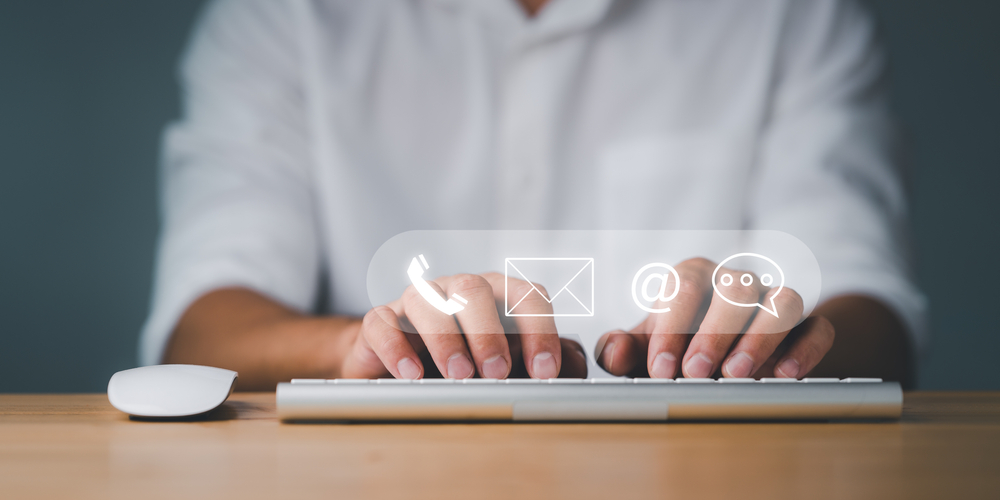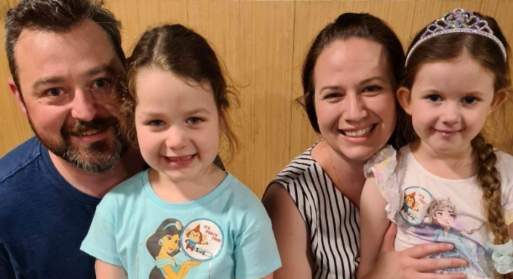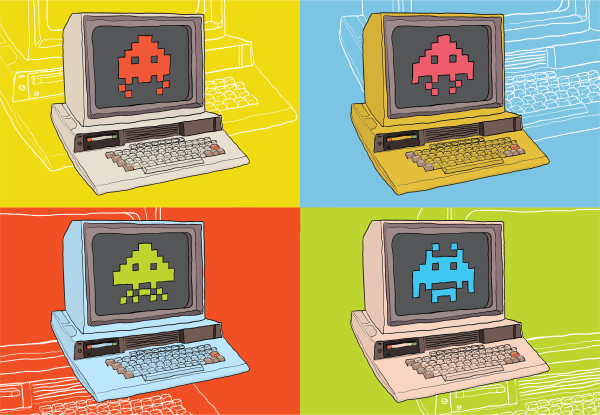
It’s a great idea to take the time to research health issues and find what works for you. But finding reliable sources isn’t easy in our digital age. What happens when we don’t know who to trust?
We’ve all been guilty of being suckered by something online that wasn’t real. Who hasn’t quickly shared something on Facebook or Twitter (or X, if you prefer), only be told that we’re spreading fake news? Most of the time, there’s no harm done. But medical misinformation — that is, claims about health that were either unproven or deliberate fibs — can be dangerous, particularly during a public health emergency.
In the wake of the COVID-19 pandemic, the World Health Organisation (WHO) conducted a review into the effect of medical misinformation. The review found that this misinformation could have a damaging impact on mental health and get in the way of people accessing the health care they need.
This inaccurate information is particularly harmful when it is being spread maliciously. While misinformation can be defined as false or inaccurate information deliberately intended to deceive, disinformation also includes misleading or biased information, manipulated narratives or facts, and propaganda.
The 2022 review of 31 studies found that social media, via smartphones, plays a key role in spreading misinformation and disinformation.
“Twitter, Facebook, YouTube, and Instagram are critical in disseminating the rapid and far-reaching spread of information,” the WHO review explains. Negative effects of this rapid spread, which often promotes unproven therapies such as ivermectin, include a rise in people misunderstanding scientific knowledge, divided opinions on medical matters, escalating fear and panic, and decreased access to health care.
Some studies found that social media platforms generated significantly improved knowledge and awareness, higher compliance with health recommendations, and more positive health-related behaviours among users.
WHO suggests that the answer might lie in helping people to get better at recognising reliable sources. Countermeasures include awareness campaigns for patients and health-care professionals, platforms with evidence-based data, the inclusion of scientific evidence in health-related content in mass media, and efforts to improve media and health literacy.
Targeting health messaging is also important. A University of Sydney study from 2021 found that certain groups were more likely to believe medical misinformation — people who primarily spoke a LOTE at home, people in younger age groups, and men. Another possible solution will be training the algorithms to spot misinformation before it is shared. Facebook introduced features that flagged posts as containing misinformation about COVID vaccines, while Twitter (currently known as X) is experimenting with a feature that allows users to add context and corrections to tweets.
Not all social media use is negative, of course. A number of the studies reviewed by WHO reported positive outcomes, and some found that social media platforms generated significantly improved knowledge and awareness, higher compliance with health recommendations, and more positive health-related behaviours among users compared to more oldfashioned ways of sharing health information. Many users have also been able to find communities online who can help them find health management tools that work for them.





